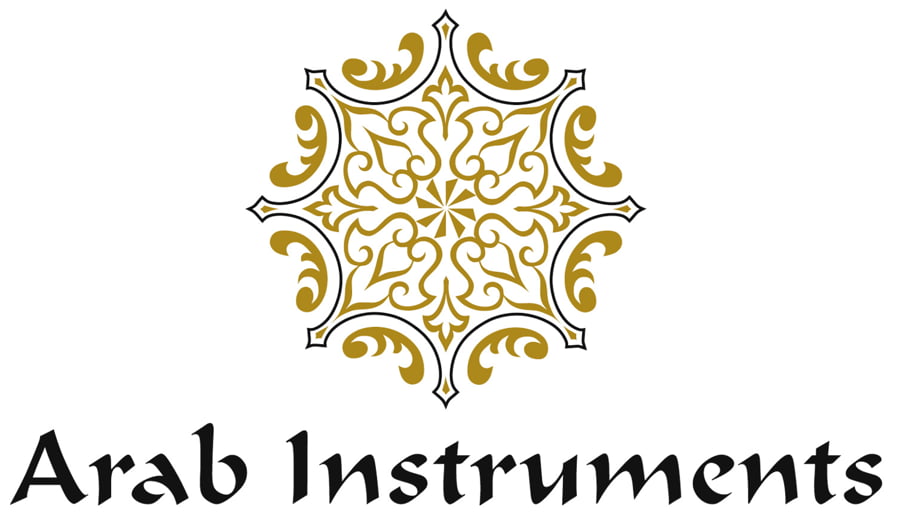Origin Of the Darbuka, Online Doumbek Shop
The Source of the Darbuka
The Darbuka is also known as a doumbek, dumbelek, derbocka and darabukka. This goblet shaped hand drum is mainly used in the Arabic music. Apart from this, Darbuka is also considered to be a popular instrument in the Balkan, Persian and Turkish music. However, you will be able to know more about this instrument from the history of Arabian music. It is said that Darbuka had been a popular instrument in the Middle Eastern music. In fact, according to historic evidence, the frame drum is considered to be the chief percussion instrument in the Middle East. The origin of darbuka or doumbek dates back to the Oriental music, where the distinctive rhythms are quite common. However, in the later years, Darbuka founds its way into the Western music
The materials which make the Darbuka
The body of this musical instrument is made from fish or skin of the goat. Traditionally, it was made out of clay. According to most of the people, darbuka resembles the African Djembe. However, nowadays, Darbukas are seen to be consists of metals, such as, copper, brass, aluminium, whereas, the skins are seen to made out of plastic. But, sometimes in order to produce a deeper sound, natural skin is also used. While playing this instrument, the musician usually places the drum on his knee. However, in the past, while performing players use to place this instrument under the arm.
The techniques of playing the Darbuka
Apart from all these, there is a wide range of techniques, following which this drum can be played. This technique differs from region to region and varies on the basis of the material the instrument is made from. There are mainly 2 types of goblet drums. Among them, the Turkish style exposes the edge of the head, whereas, the Egyptian Darbuka style features rounded edges around the head. Though, this instrument was invented long years back, till now people love to listen to its melodious tune.

